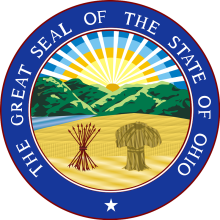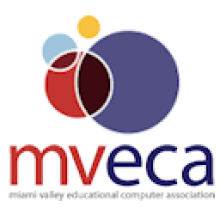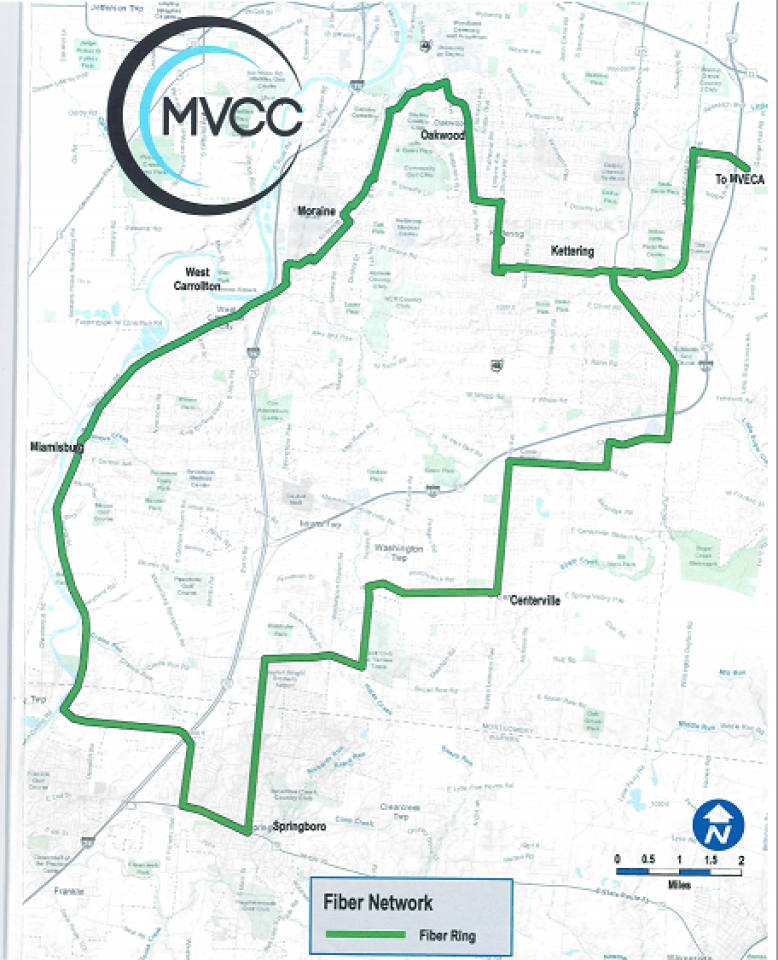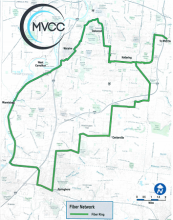
While new municipal networks often (and rightly!) catch headlines for dramatically improving the lives of residents by giving them access to high-speed, reliable, low-cost Internet access, institutional networks also remain a tried-and-true model for cities and regions looking to begin investing in their information future. And, by connecting government buildings, schools, public libraries, and other community anchor institutions, they save communities money and can serve as an alternative when monopoly ISPs like Comcast try to negotiate huge fee increases to basic city services without any explanation (like in the case of Martin County, FL).
The Miami Valley, Ohio, region accomplished the same goal a year ago, when GATEway Fiber lit up its intergovernmental, multi-jurisdictional fiber network connecting eight member cities and dozens of municipal buildings, schools, and other public anchor institutions. The result of six years of effort, the project provides the capacity and technical expertise for present and future undertakings to enhance educational initiatives, public safety programs, and utility work, and provides a model for other communities looking to work together to secure their information infrastructure moving forward.


A Joint Venture
GATEway Fiber came about as the result of the coordinated effort of two area organizations: The Miami Valley Communications Council (MVCC) and the Miami Valley Educational Computer Association (MVECA).
MVCC was created in 1975 using cable franchise fees to manage cable television franchise agreements in the region, but also works to implement intergovernmental projects and programs to strengthen communication ties and infrastructure between its eight member cities: Centerville, Germantown, Kettering, Miamisburg, Moraine, Oakwood, Springboro and West Carrollton. 23 additional affiliate member communities also participate.
MVECA consists of a consortium of 31 k-12 public school districts and service centers across Clark, Clinton, Greene, Highland, Fayette, Madison, Montgomery, and Ross counties. It has operated an institutional network of its own for decades.
The MVCC-coordinated project officially began in 2013 with a $100,000 grant to study the feasibility of the cities of Kettering, Centerville, and Oakwood connecting the municipally owned fiber networks which linked each city’s government and public institutions. Less than five years later the coalition had grown considerably and come, importantly, to include MVECA—a crucial partner for its existing fiber infrastructure, its importance in connecting the state’s public schools, and its experience in building, maintaining, and operating networks. By the end, the GATEway Fiber Network included seven of the eight member cities covering the roughly 150,000 residents living inside the umbrella of the MVCC. Germantown is the only municipality currently not connected.

The 10GB, 44-mile backbone came from a combination of existing MVECA fiber, routes purchased from private third-party providers, and just over 19 miles of new construction that began in January 2019. 12-strand connections were built to each member city’s main government buildings, with 24 strands reserved for inter-city routes. The remainder of the 288-strand build is dark fiber, ready for future member city needs, lease to businesses, and backhaul for Internet Service Providers (ISPs). MVECA was chosen to build, maintain, and operate the network while MVCC conducts marketing and leads negotiating agreements with third parties. In addition to reliable connections within and between municipal institutions themselves, members also get access to the Ohio Academic Research Network (OARNet), which provides access to the Ohio Supercomputer Center to state’s public schools, researchers, municipal governments, and health care providers for research and design projects.
JoAnne Rau, Centerville City Council Member and MVCC Board Chair, said last year:
This project was first envisioned nearly 20 years ago and through the dedicated leadership of the elected and appointed officials from our member communities, our residents, business and schools will now be able to benefit from the shared vision and innovative spirit that embodies MVCC.
Sinclair Community College and its 15,000 students became the network's first member, but was joined shortly thereafter by EdgeConnect, a Dayton, Ohio-based company which leases capacity for its data centers and cloud computing and works in the smart city space.
The GATEway Fiber Network gives member institutions access to municipally owned, locally controlled information infrastructure that should serve well into the future. There are plans in the works to connect Germantown with fixed wireless in the future, as well as expand into residential neighborhoods. In June 2020 the city of Trotwood applied for a $1.7 million grant from FEMA (after a tornado devastated the region) to reconnect and revitalize the community. If approved and built, the extension would increase the network’s size by 50%.
MVECA Executive Director Thor Sage likewise lauded the project:
The GATEway Fiber Network is an example of how schools and governments can save money and create efficiencies through regional collaboration. The GATEway network will help all of our partners control costs and establish the critical infrastructure needed to support modernization. MVECA is exceptionally proud to be part of this project.
To learn more about how institutional networks can help communities, listen to Episode 4 of the Community Broadband Bits Podcast below.









